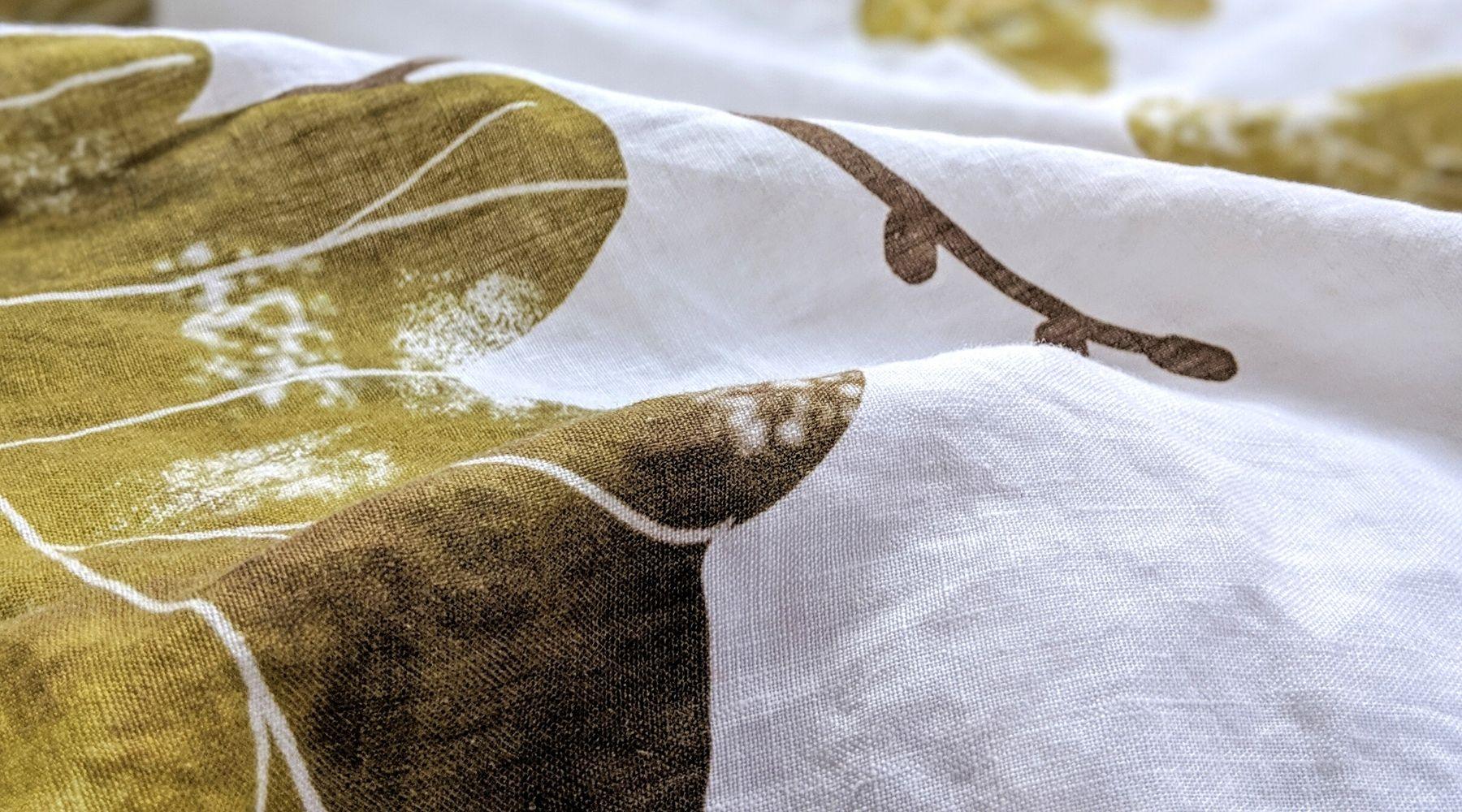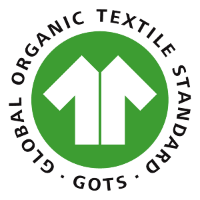
Is Thread Count Important? A Guide to What Really Matters in Quality Sheets
You may have concluded, based on how sheets are priced and marketed, that high thread count means higher quality, softer sheets. There’s more to the story however, and thread count isn’t always what it seems. But don’t worry—we’ll help you make sense of it.
What is thread count?
First, let’s start with a basic definition. Thread count simply means the number of threads per square inch of fabric, which is the sum of the horizontal weft threads and the vertical warp threads. Threads themselves vary in quality, depending on how they were constructed, and from what variety of plant fiber they are sourced.
It’s reasonable to assume, then, that a higher thread count fabric would be more tightly woven, and feel much softer than a fabric of a lower thread count. Indeed, if the only difference between two fabrics was thread count, then those high thread count sheets would be “better,” if better meant softer to first touch.

Is thread count accurate?
Unless you remember the 2008 class action lawsuit against Bed Bath & Beyond, it may surprise you to hear that sometimes the thread count listed on a package of sheets is not what it seems. Unfortunately, some manufacturers have found a way to inflate their thread count numbers—and thus charge more for their products—by using a factor called ply. Ply refers to how many yarns are wrapped together to make a single thread. Generally, cotton sheets are woven from single-ply or double-ply threads. If each yarn is counted as a thread, thread count can effectively double by using double-ply thread. Multi-ply threads (with more than two yarns per thread) can inflate thread count even further.
In an ideal world, double and multi-ply threads would simply mean heavier and more durable sheets, but in reality, they often mean thinner and consequently lower quality component yarns. Depending on fiber quality, those very high thread count sheets could perform no better (or even worse) than ordinary lower thread count and single-ply sheets. So an 800 thread count sheet woven from two-ply, thinner threads may well be of poorer quality than regular single-ply 400 thread count sheets.

When shopping for cotton, you can make things easier on yourself by sticking with 200 and 300 thread count sheets, and splurging on higher thread counts only up to a thread count (and perhaps dollar amount) upper limit. 400 is the maximum thread count that makes a discernible difference to quality, and you'd be right to be suspicious of anything beyond that.
Word to the wise: if you want to save money by opting for synthetic sheets (1500 thread count sheets can sound enticing), you might find that those microfiber sheets don’t breathe well and can make you too hot at night, which can interfere with quality sleep.
So what makes a good set of sheets?
While most of us associate higher thread count with softer sheets, thread count isn’t the only determinant of durability or softness. The overall quality of sheets is a combination of multiple factors, including fiber quality, yarn size, and more. The length of cotton fibers used will determine how many fiber ends might be exposed (and lead to pilling). Tightly twisted yarns increase the strength of the sheet, while loosely twisted yarns do the opposite. And then there are the different styles of weave, such as percale, sateen, and flannel, which confer unique benefits from their textures, but also come with specific laundering instructions and can be more prone to snags and pilling. To complicate things even further, a simple touch test to assess fabric quality and softness is not reliable. Many manufacturers add polishes, waxes, and other treatments to make their bedding seem softer. But quality sheets feels softer and softer after each wash, and don’t pill.
It can feel like you need to be an expert on weaves, varieties of cotton, and even proper washing techniques to make the right purchase—and that doesn’t even touch the realm of sustainability. It’s no wonder it’s easy to get overwhelmed and simply trust the packaging—or the high price—of the sheet sets at the store.

What about linen?
You might think that 75 to 110 threads per square inch sounds low, but the truth is that for linen, thread count just isn’t important.
The reason why is that linen fibers are much stronger—up to three times stronger—than cotton. In fact, linen is one of the strongest plant fibers used in textiles. And because manufacturers and savvy consumers know that linen is such a straightforward choice for quality, thread counts of linen sheets are typically not listed at all. Choosing linen helps save you the time and headache of seeing through misleading marketing, decoding thread count and ply, and deciding which weave is right for you. Linen is also all but guaranteed to last much longer than any luxury cotton sheet set.
A note on softness…
Linen has a reputation for feeling rougher than cotton. However, Modern Dane duvet covers go through a specialized process called garment washing, which means they come to you beautifully softened, and you can get all the benefits of linen without any of the roughness. Check out our options for duvet covers you can trust.

Want to learn more about what makes linen unique?
See our other pieces on the topic of linen:
The Many Benefits of Linen Bedding








